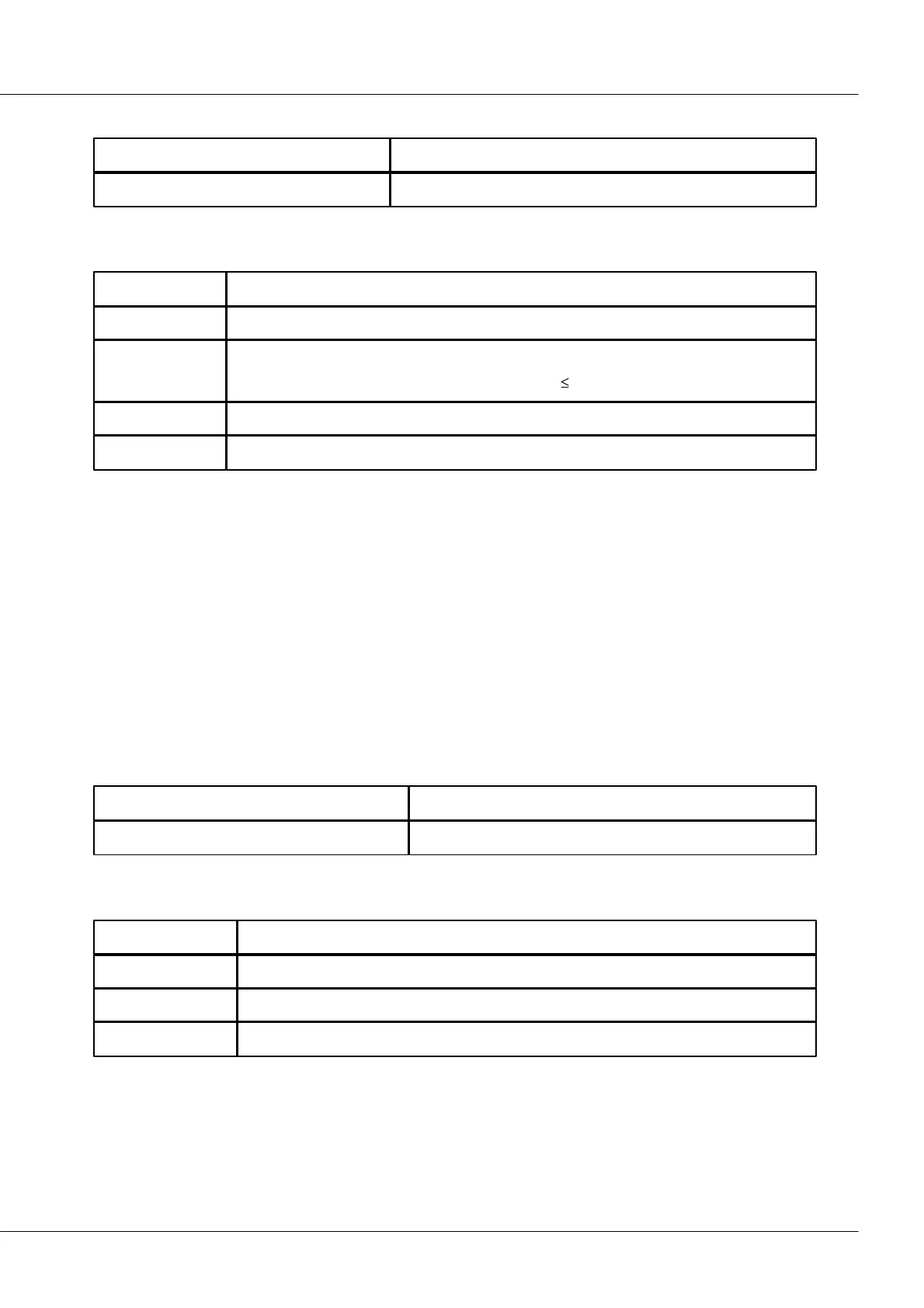154 Virtual Channels
imc CANSAS Users Manual - Doc. Version 1.9 - 05.12.2014© 2014 imc Meßsysteme GmbH
Data types:
4.10.23 Exp. root mean square (RMS)
Channel from whose sample values the moving RMS is to be calculated
Time constant of the filter in s,
Input range: 1.5 * Result pulse < Time constant 60000 * Result pulse
Sampling rate of the result channel
Moving RMS of the input channel's sample values
Description: The moving RMS, with exponential weighting, of the input channel's sample values is
calculated. If data reduction is specified, only every n-th result is written to the result channel. The
reduction interval is the result channel's sampling rate (pulse). Each value returned is the respective RMS
with exponential weighting of all input channel sample values accumulated at the moment. The
algorithm for calculating the moving RMS is:
The input channel's sample values are first squared, then 1st order low-pass filtering (taking
consideration of the time constant) is conducted and then the square root is taken. In a normal RMS
calculation, all squared values are weighted equally when the mean is taken; in this case, a time-based
weighting takes place.
Notes: Data reduction is recommended since the function smoothes the data. The reduction tends to
reduce redundant data.
The pulse rate of the result channel may not be higher than that of the input channel.
Data types:
4.10.24 Extract bit from word
Channel from whose sample values a bit is to be extracted
Bit 1 (LSB) .... Bit 16 (MSB)
Channel containing extracted bit
Description: The specified bit is extracted from a number. The result is a bit, i.e. either 0 (FALSE) or 1
(TRUE). The 2nd parameter states the bit which is to be extracted: Bit 1 (LSB) .... Bit 16 (MSB).

